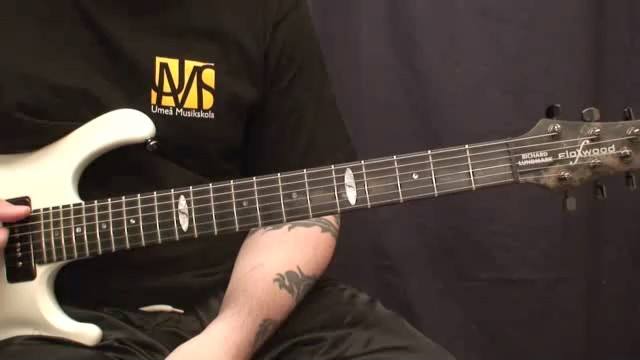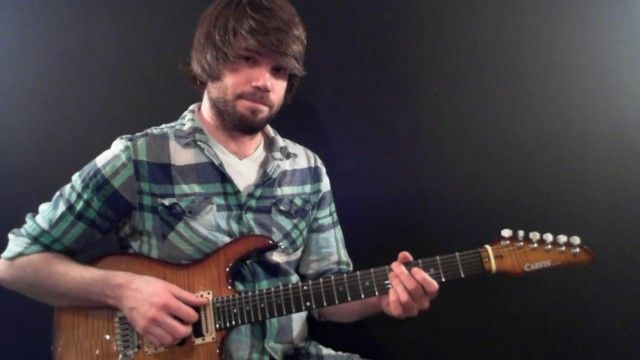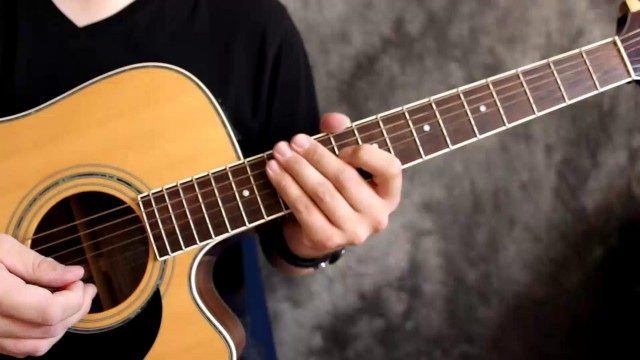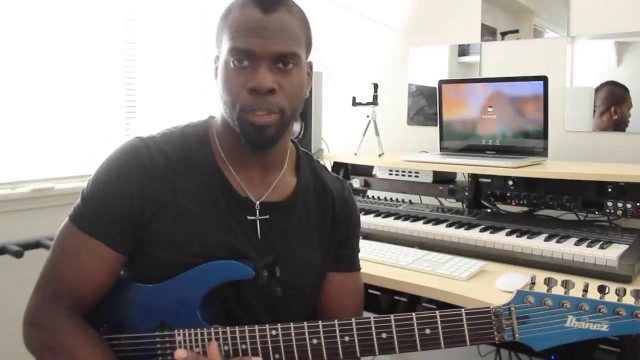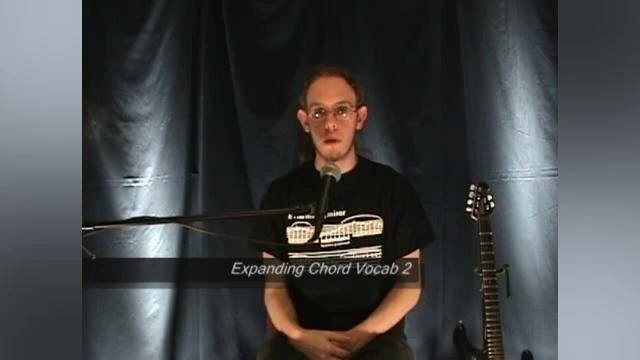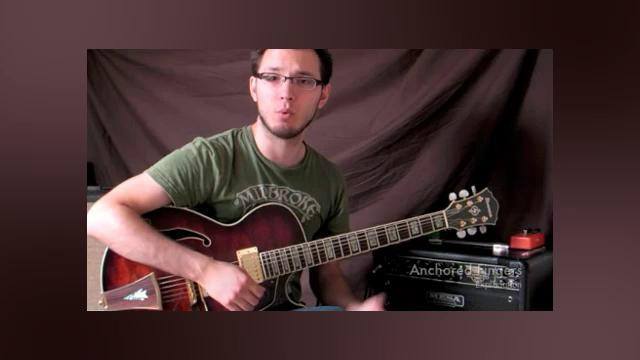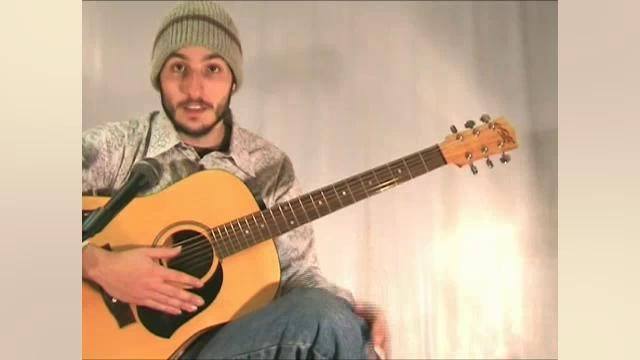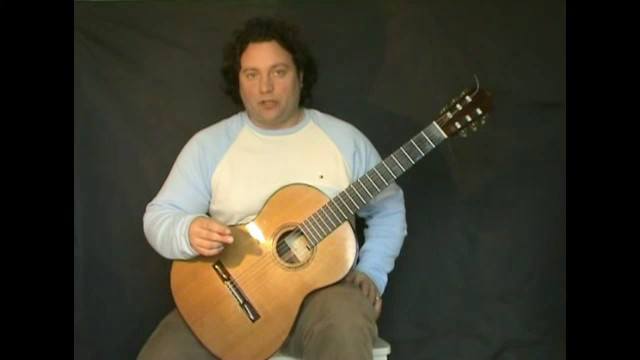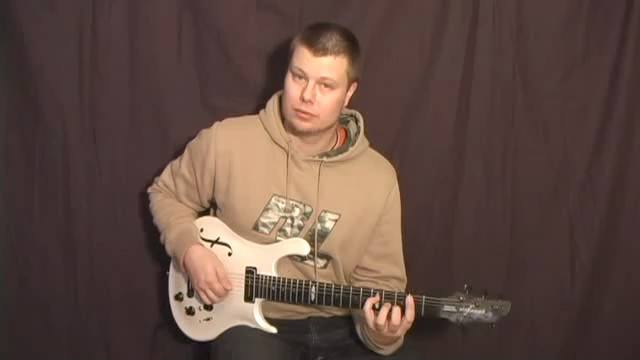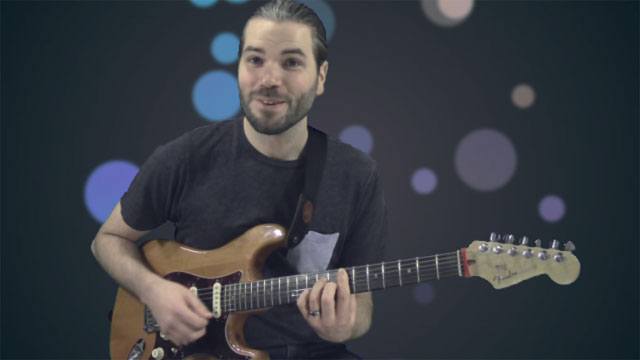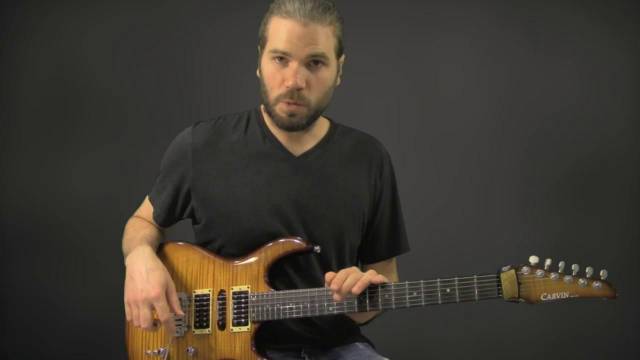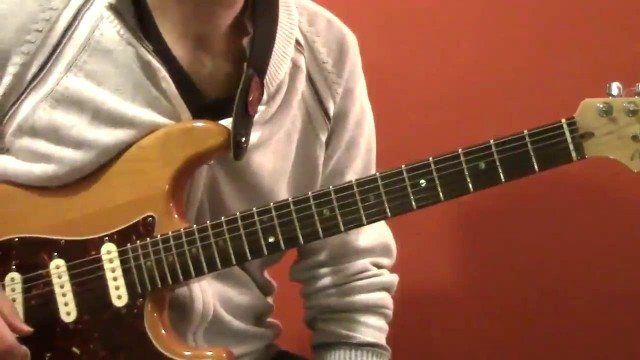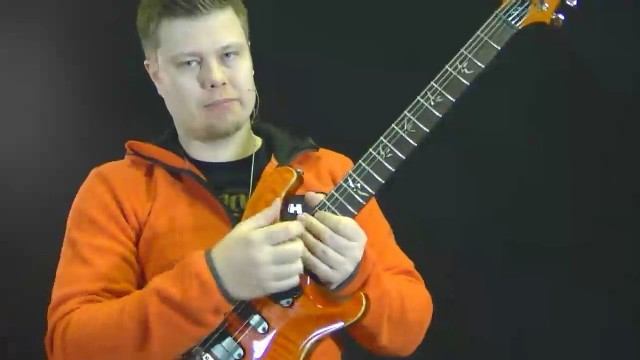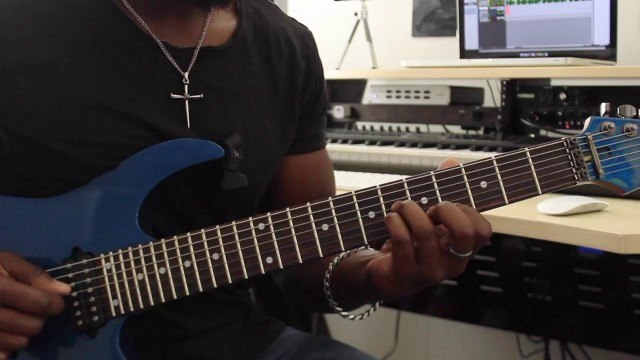Hello again! In this tutorial, we are going to talk about open voiced triads.
What are open voiced triads? Well, to understand open voiced triads is might be best to first learn what close voiced triads are.
A close voiced triad is what we might call a typical triad voicing on a piano. So basically, stacked 3rds are maybe even 3rds and 4ths if we are using inversions.
For example, on the guitar we might play C - E - G on strings 4 - 3 - 2 which gives us a close voiced C major triad in the E shape of the CAGED system. Another example would be A - D - F# on strings 3 - 2 - 1. This is a simple open D major chord that we all know.
Two other characteristics of a close voiced triad are that the three notes will be on adjacent strings and within the same octave.
So, then what are open voiced triads? Open voice triads break the adjacent string rule and the one octave rule. So basically, we will not be confined to adjacent strings or one octave (however, this can still occur).
Let's now talk about major triads. In this tutorial, we will be focusing on voicings that occur on strings 5 - 4 - 2 and we will touch on each inversion. One thing to note is that the two lower voicings will be in the same octave while the highest voice will be up onto the next octave. Root inversion with the root in the bass.
Which will look like this: 1 - 5 - 3. (the highest voice, which in the 3rd, is up an octave so we might call this a 10)
1st inversion with the 3rd in the bass.
3 - 1 - 5
2nd inversion with the 5th in the bass.
5 - 3 - 1
These patterns will look similar for minor and diminished but will have some flatted notes.




